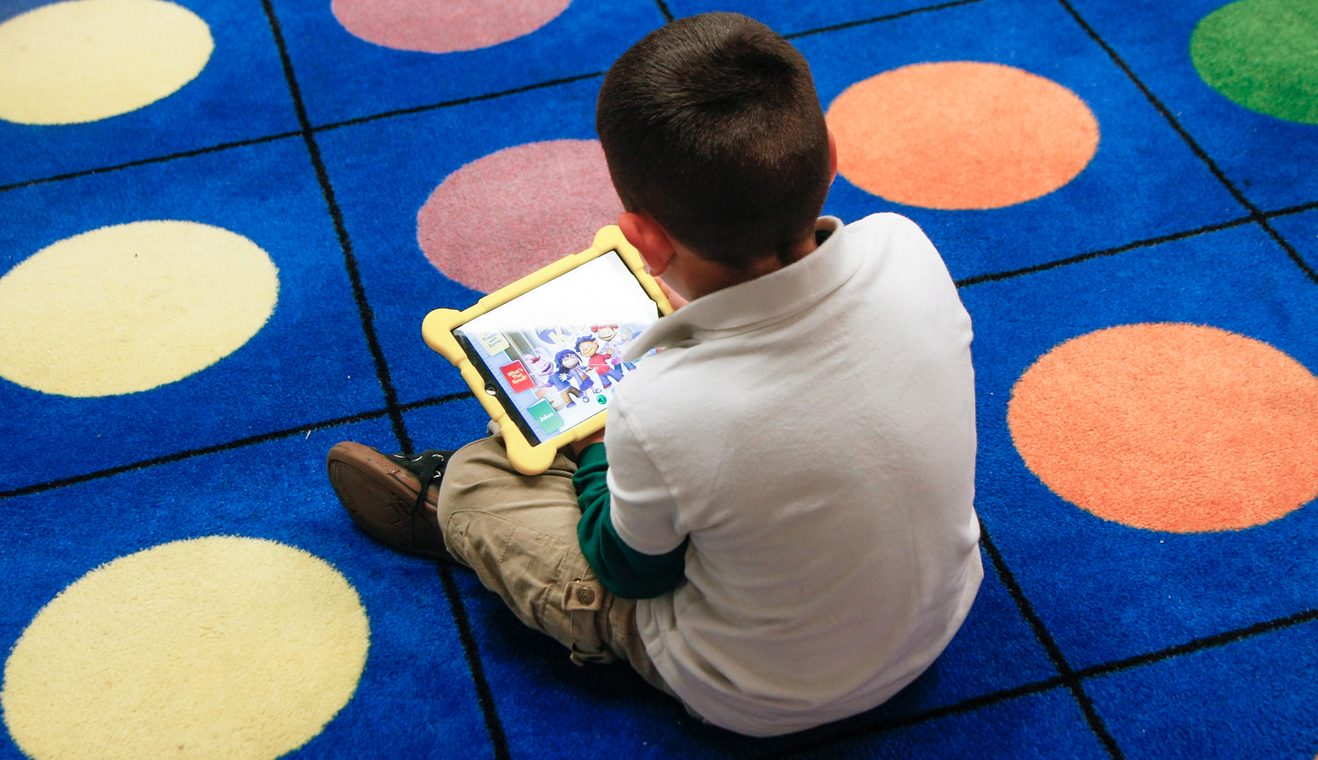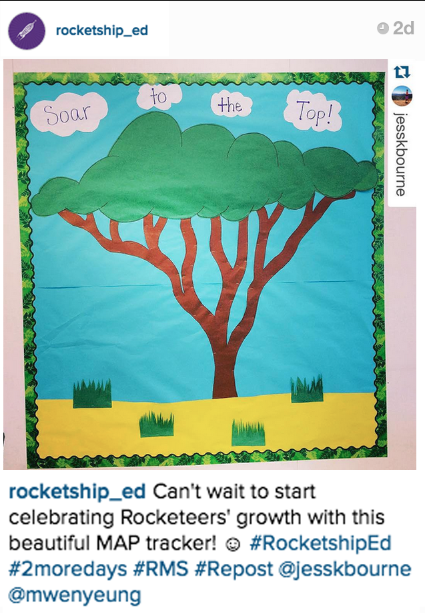
Getting Started with Blended Learning
by Stephen Pham, Senior Associate, Personalized Learning
The beginning of the school year is always full of excitement and new things: new starts, new classes, new students and new opportunities. After a restful summer break, chances are you’re jumping into the school year ready to try some new teaching strategies. Leveraging technology may be one of those strategies to push beyond differentiation and better personalize learning for your students. But before you dive deeply into the world of edtech tools and adaptive learning programs, make sure you spend enough time setting up for a culture where students are authentically invested in their learning.
Let students own their learning
 The most notable shift, for both students and teachers, in a blended learning environment is students gain more ownership over their learning. Rather than following every step-by-step direction from a teacher, students become empowered to take control. Thus, teachers need to shift their mindset from being a direct instructor to a facilitator.
The most notable shift, for both students and teachers, in a blended learning environment is students gain more ownership over their learning. Rather than following every step-by-step direction from a teacher, students become empowered to take control. Thus, teachers need to shift their mindset from being a direct instructor to a facilitator.
Initially, you need to prepare students for the altered expectations within a blended space. Often, students will be used to completing the same problem set or reading to the same page. But in a blended space, students are all working at their own pace. It’s okay that some students are ahead of others, as long as all students are making growth.
As students make progress each day, help them understand what their everyday growth means. Different online programs report out progress in different ways – points, percentages, number of lessons etc. Explain to them how much growth they need to make in each session, week and month in order to reach their end of the year goal. The more they understand how their practice brings them closer to their goal, the more they’ll feel motivated to keep learning.
Backwards plan towards a tangible goal
Just as many adults set goals to work towards, kids also need to understand what they’re working towards. Whether it’s to pass to the next level within a game or to graduate to the next grade level, students crave checkpoints and goals to put their daily work into perspective. So, take time – as much time as it needs – in the beginning of the year to explain how their daily practice, both in and out of blended learning programs, will help them reach that next step. Create benchmark goals so students can feel success as they reach both short- and long-term goals.
 Make learning visual
Make learning visual
One of the challenges of online learning is it all lives in the cloud. Sure, teachers can pull data reports and see how students perform, but it doesn’t have much visibility within the classroom. This where teacher’s classroom superpowers come into play. Bring online achievement to life everyday.
Spend time celebrating students who meet their goals. Display trackers, both individual and groupwide, that show how students are progressing towards goals. Partner with your students to track their progress.
Through these frequent rituals, students feel both success in their achievements and a bit of competitive edge, gaining motivation to work harder to realize their potential.
Teach students to problem solve and persist
As students work more and more on their own, they may feel a sense of being alone. They can no longer rely on their neighbors to be working on the same set of practice problems. Students might quickly resort to raising their hands, pleading for help. However, with both content struggles and tech issues, it’s important that students learn how to persist. Often, that looks like explicitly walking a class through how to problem solve an issue. Try an if-then chart, where a class brainstorms solutions to common issues. As learners begin trying and then adopting these strategies, they become fluent problem solvers, showing grit through both their math problems and tech struggles alike.
Read How Technology Contributes to Student Character Development for more on how tech can help your students grow both hard and soft skills.
These strategies, among many others, can set a class up for success with a year of blended learning. Students will feel empowered to drive their learning, both preparing them for the next grade level as well as instilling a growth mindset that goes beyond their school careers.
Stephen is a part of Rocketship’s Achievement Team, overseeing the implementation of online learning and driving the personalized learning initiatives throughout the network. Previously, Stephen was a 5th grade Integrated Math teacher at Sí Se Puede Academy, where he first began his work leveraging blended learning strategies to improve outcomes for all students. Stephen grew up in Southern California and attended the University of California, Los Angeles where he studied biophysics. After graduating, he joined Teach for America and began his career at Rocketship. Stephen now lives in San Francisco and enjoys discussing all things technology, trying all types of foods, traveling and spending time outdoors with friends.
Follow Stephen on Twitter: @stephenqpham
Published on August 17, 2015
Read more stories about: Personalized Learning.


